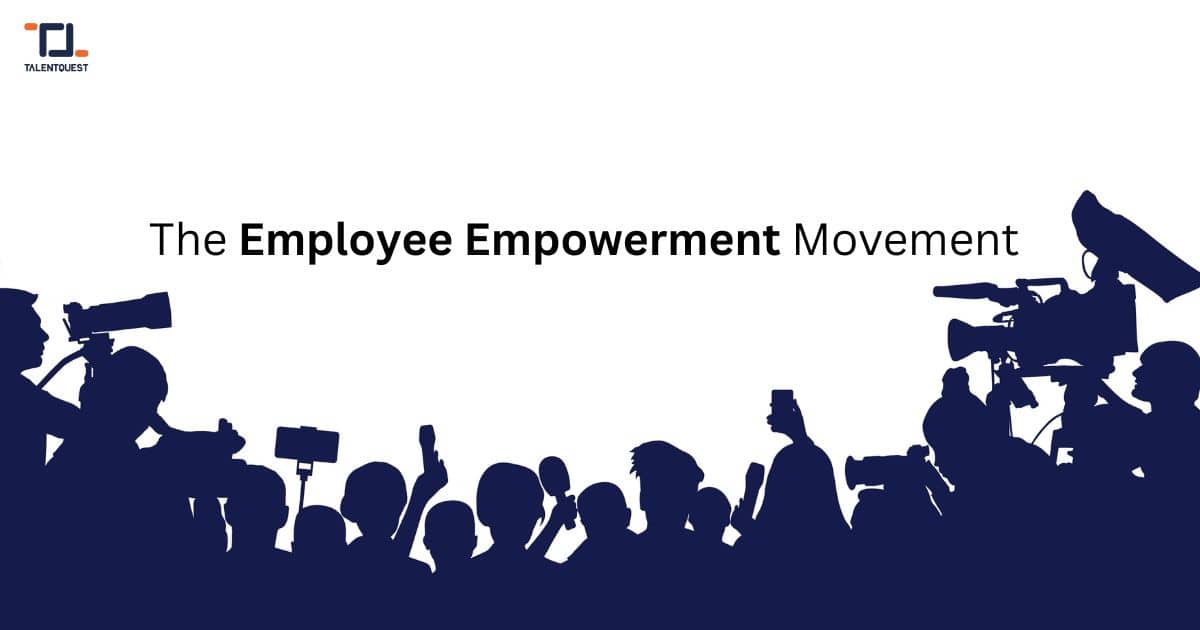
The Employee Empowerment Movement
The “player empowerment movement” is an expression used in recent years to describe a cultural shift in the National Basketball Association’s (NBA). Specifically, the power dynamics between management and players appears to have slowly shifted in favor of the professional athletes. NBA analysts have argued that contrary to past expectations of players being contractually obligated to remain with a single franchise on the organization’s conditions, NBA stars enjoy more choice and less restriction than ever before. This can include choosing their off-court activities, negotiating favorable contract terms, and even demanding a trade to a new franchise. Indeed, NBA management often braces for the inevitable day where a star player may decide they (gasp) prefer to take their talents to a new coach, organization, or city.
While employers across industries may watch sports from a distance and enjoy the drama, they should be paying close attention to what appears to be a microcosm for a broader talent trend. Accelerated by the digitization of job seeking and recruitment, resilience of remote working, and pro-labor employment rulings, we appear to be in the midst of an “Employee Empowerment Movement.” Although some companies will attempt to resist these trends locally or through influence on Capitol Hill, broadly speaking, employees are enjoying an unprecedented degree of choice and leverage with increasing momentum.
Technology options
Technology has vastly expanded the avenues through which employees can explore new employment. In the same vein, recruiters enjoy more open and transparent access to talent than ever, quickly scouring potential candidates and initiating contact with dozens of workers per hour. Whether employees are actively or passively seeking, or not even considering a new organization at all, the optionality and frictionless nature of the job market has afforded employees significant exposure and choice.
Shifts in employee priorities and recent labor legislation changes
Remote work has amplified these trends, breaking down geographical barriers for both job seekers and recruiters. While these trends are becoming familiar territory to employers, they may soon be assisted by notable legal rulings. Though likely to be met with resistance in court, the Federal Trade Commission has proposed banning the use of non-compete clauses in employment contracts. Employers could no longer leverage these common tools to restrict employees from joining competitors when leaving an organization, further expanding options and leverage for a large span of the workforce. More recently, the National Labor Relations Board ruled against another popular employer tactic in restricting employee liberties: the “gag rule” contingency often tied to severance packages. With this ruling, employers conducting layoffs would have less protection from employees disclosing inappropriate or unpopular practices by the organization upon their departure. Individually, these rulings may seem limited and nuanced. But taken together, this mosaic of workforce trends and increasingly pro-labor legal protections amount to undeniable increases in employee choice and freedom to act in their best interests.
What does this mean for employers?
Put simply, it is time to evaluate the relationship between organizations and their employees. In an era where it is increasingly clear that employees are less forced to remain with their current organization, the critical question becomes, “how can companies entice employees to want to remain?” Indeed, being an “employer of choice” is more relevant than ever! Though a difficult undertaking, the answer largely requires organizations to deeply understand their employees’ needs, desire for growth, and preferred working environments.
Building the processes, leadership, and culture that meets employees where they stand, and sparks development will help companies retain their best talent. This does not happen overnight, but behavioral assessments, consistent feedback, and goal-setting allowing employees to set and pursue their passions can foster critical engagement between organization and talent. The Employee Empowerment Movement may cause anxiety for some, but it could also force entire industries to rethink their relationships with their talent. In all likelihood, this may lead to positive ripple effects for all involved.
